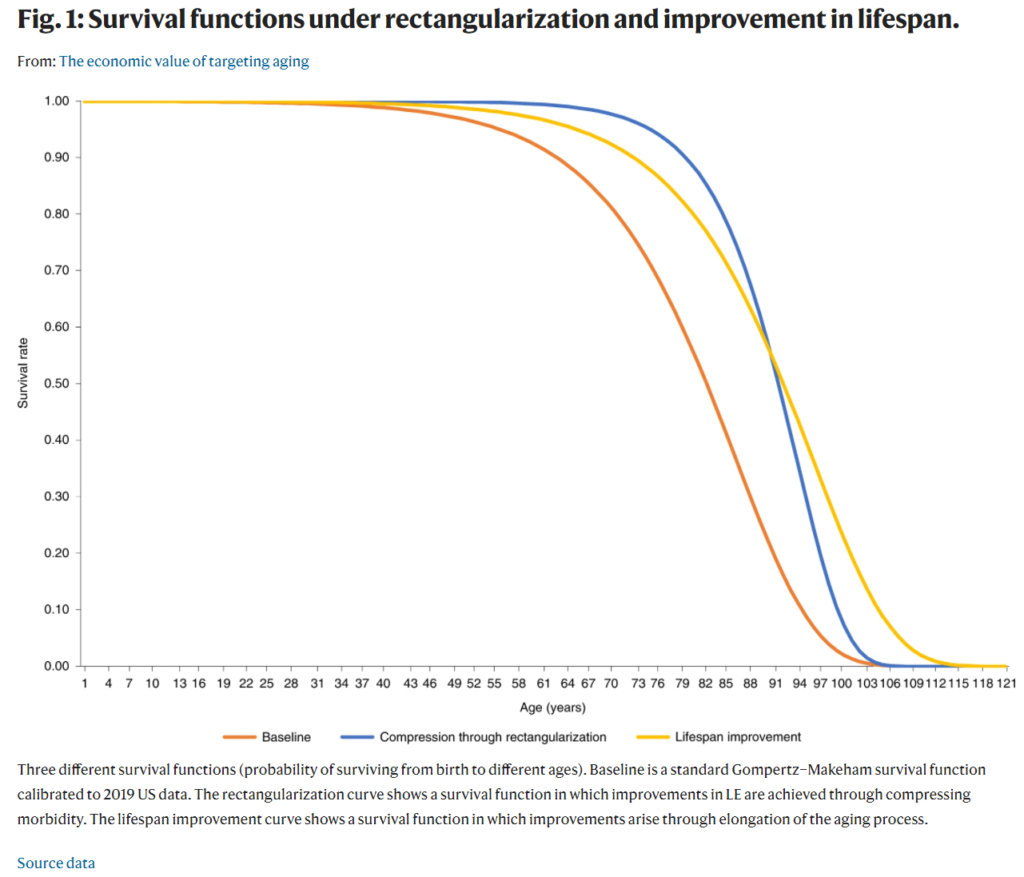Link: https://www.science.org/content/article/naked-mole-rats-defy-biological-law-aging
Excerpt:
The first study to analyze the life histories of thousands of naked mole rats has found that their risk of death doesn’t go up as they grow older, as it does for every other known mammalian species. Although some scientists caution against any sweeping conclusions, many say the new data are important and striking.
“This is remarkably low mortality,” says Caleb Finch, a biogerontologist at the University of Southern California in Los Angeles who was not involved in the new study. “At advanced ages, their mortality rate remains lower than any other mammal that has been documented.”
Scientists have long noted that naked mole rats—burrowing rodents with wrinkled, pink skin and large protruding teeth that live in large, subterranean colonies—show few signs of aging and far surpass the life span expected of a rodent this size. Mice in captivity live at most 4 years; based on their size, naked mole rats would not be expected to live past 6 years. Instead, some live beyond 30 years, and even at that age breeding females stay fertile.
Author(s): KAI KUPFERSCHMIDT
Publication Date: 26 JAN 2018
Publication Site: Science
